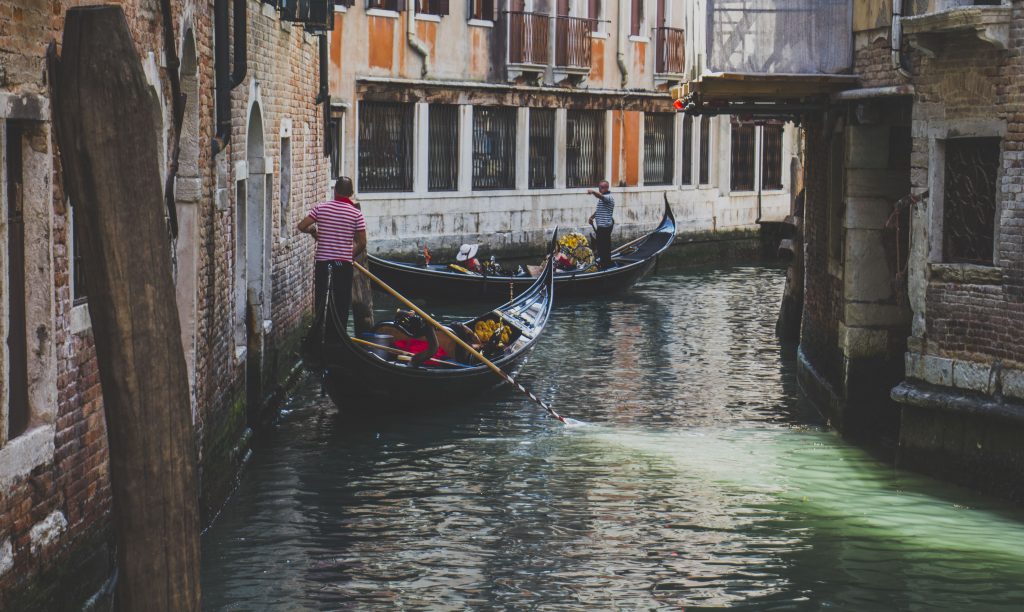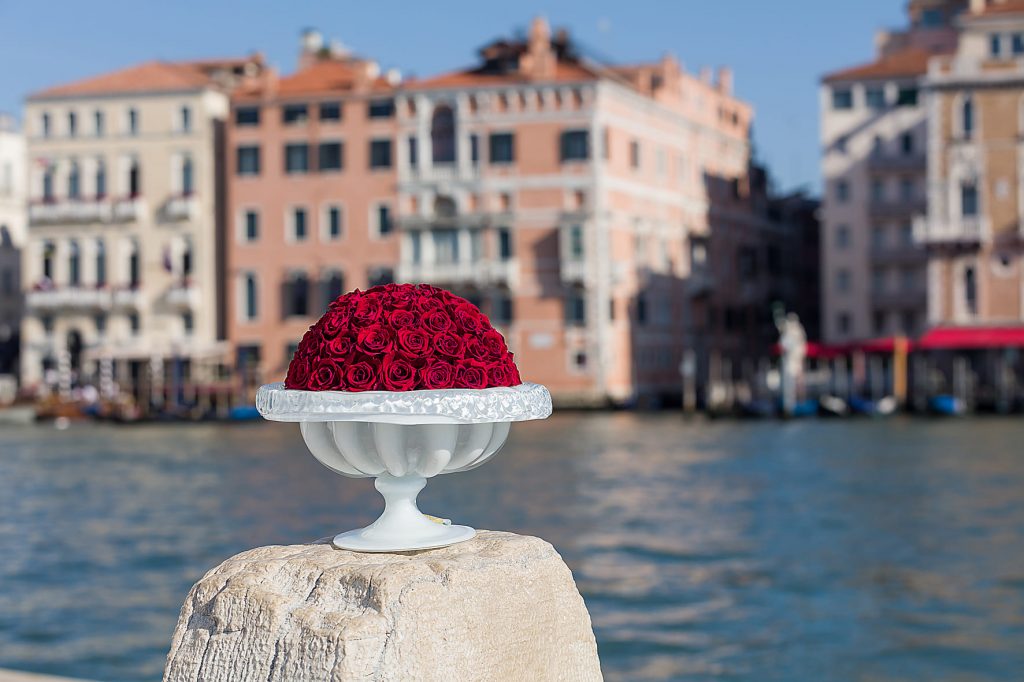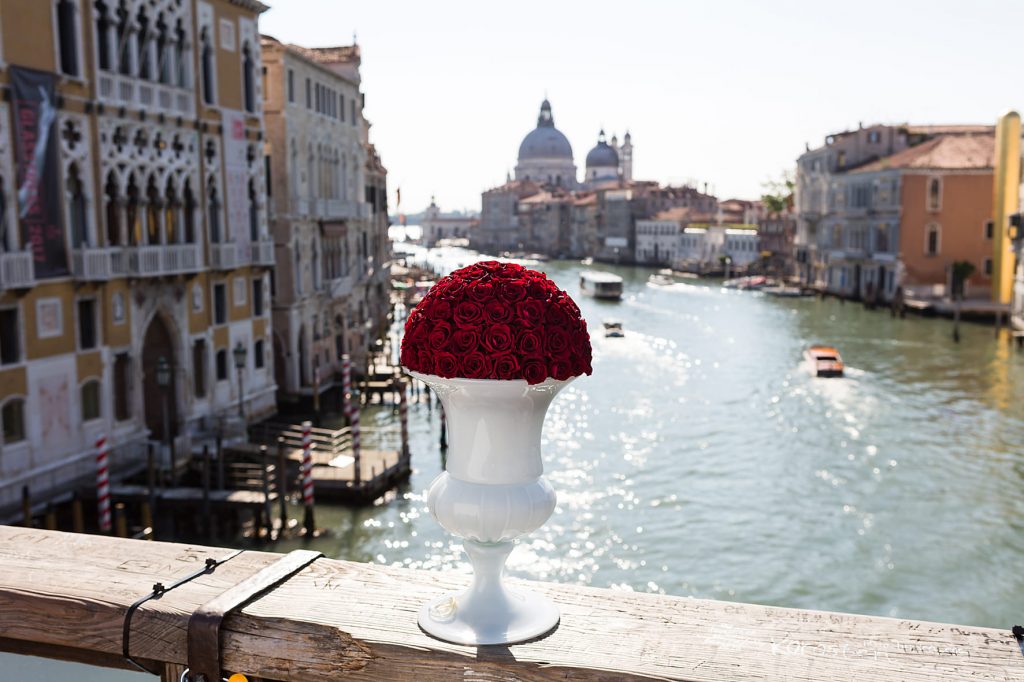The Venetian rosebud Festival: a history of eternal Love
-
By
alberto_dev
The 25th of april is a very important date for Venice: on this day, the city celebrates its patron saint, Saint Mark, and the traditional “festa del bocolo” (rosebud festival), a sort of Valentine’s Day.
Before the tradition of Valentine’s Day was born, the venetians celebrated love during saint Mark’s day with the beautiful rosebud tradition.
The origin of this custom goes back to IX century, when Venice was ruled by Doge Orso I Partecipazio.
It was his daughter, Maria, who became one of the main character of the legend that lays behind the Festival.
The legend tells that Maria, also known as Vulcana, fell in love with Tancredi, a young troubadour of humble beginnings.
For this reason, their love couldn’t come true: it was inconceivable that the Doge’s daughter could marry a miserable poet. In order to fix this situation, Maria suggested his lover to follow emperor Charlemagne in the war against Moors: once he came back like a hero and a winner, Tancredi would be a worthy groom for Maria.
Tancredi left with the emperor and his knights. Months passed by and the news of Tancredi’s heroic courage spread through all christian lands, until it reached Venice.
Joyful, Venetians were preparing to receive him like a hero; Maria, thrilled, was waiting the day she would finally marry her beloved.
Unfortunately, Tancredi was wounded to death during the battle and died on a rose garden. His blood stained a rosebud, that dyed red.
The legend says that, with his dying breath, Tancredi gave that rosebud to Roland, the famous hero, begging him to go to Venice and give it to Maria.
After the war, loyal to the promise, Roland arrived in Venice. It was Saint Mark’s day.
He gave Maria the rosebud, red by her lover’s blood. Heartbroken, Maria died that very night, holding on tight the rosebud close to her chest.
Since then, according to tradition, every 25th april, saint Mark’s Day, every man gives a red rosebud to his beloved, as a sign of eternal love.






